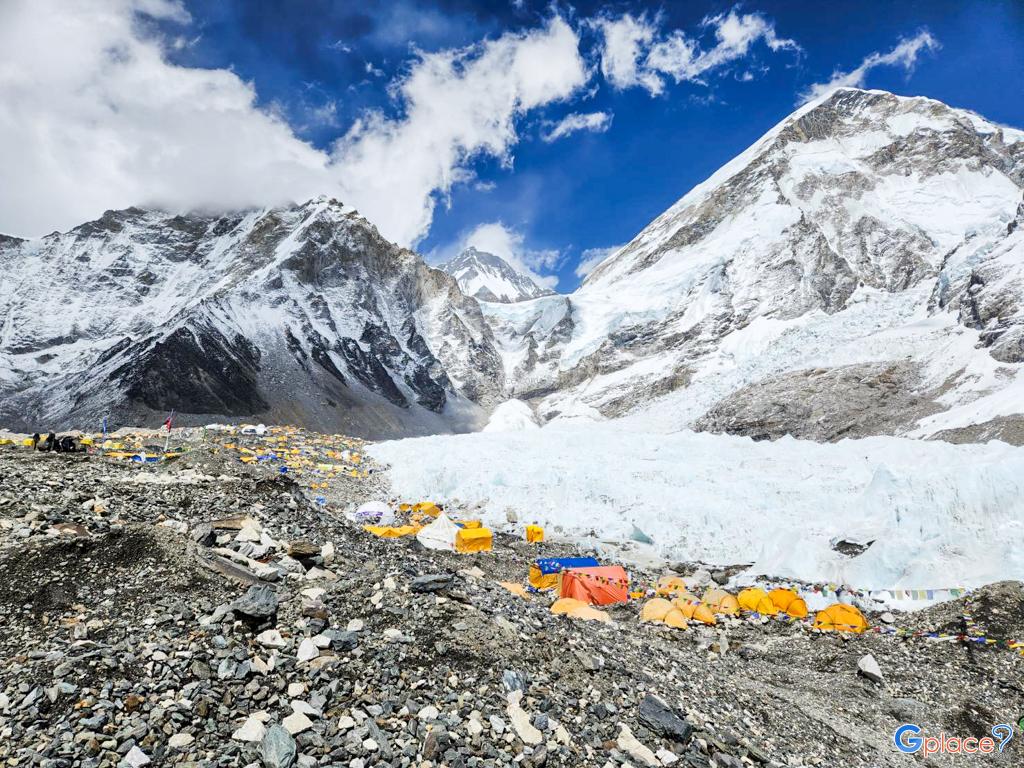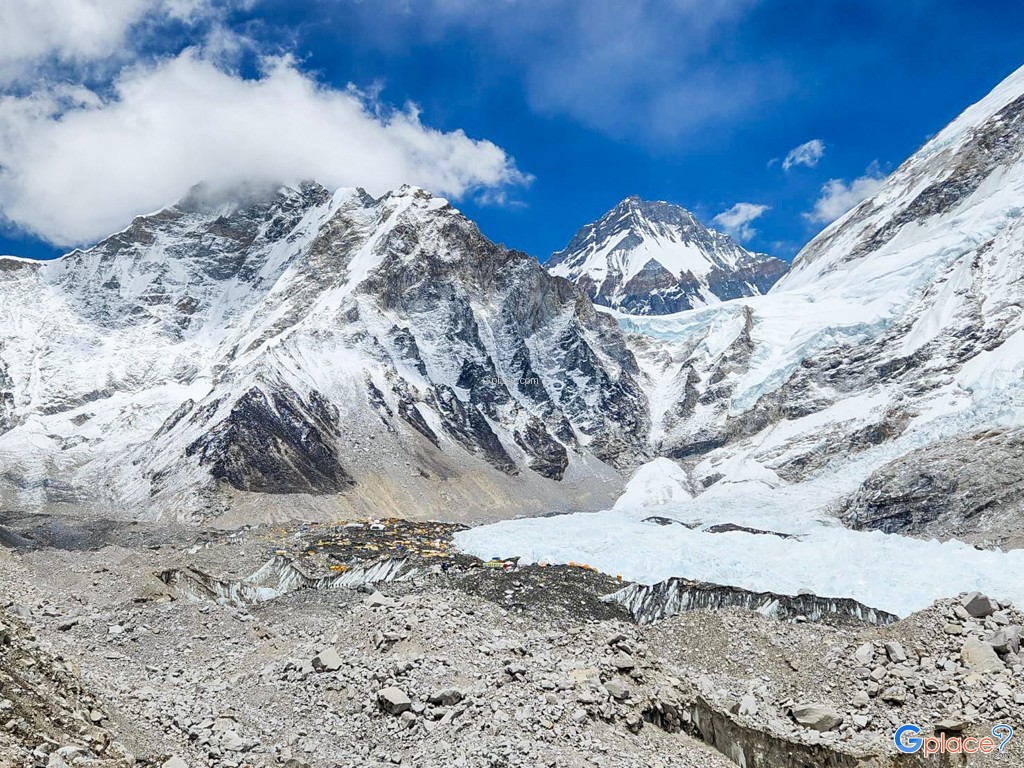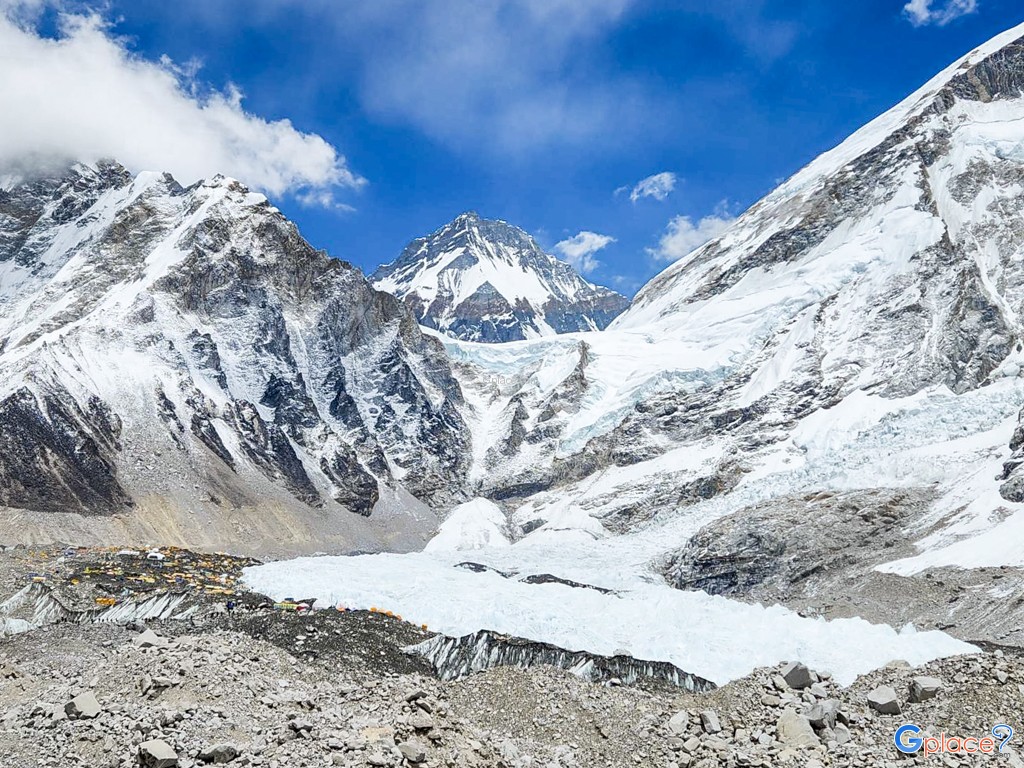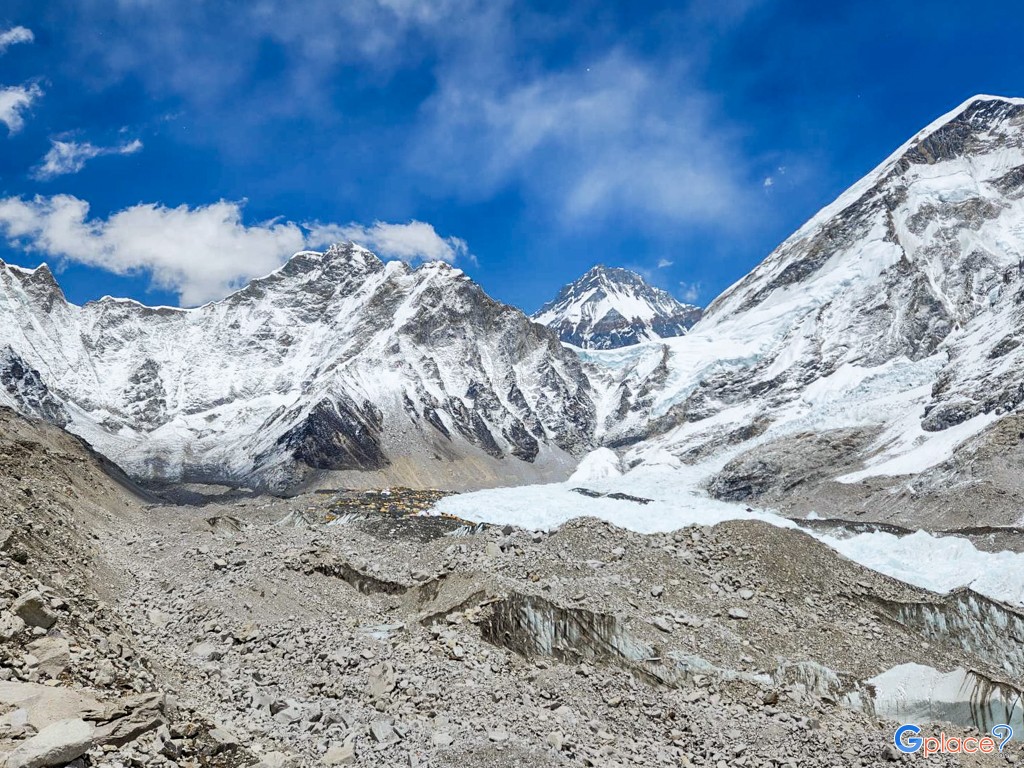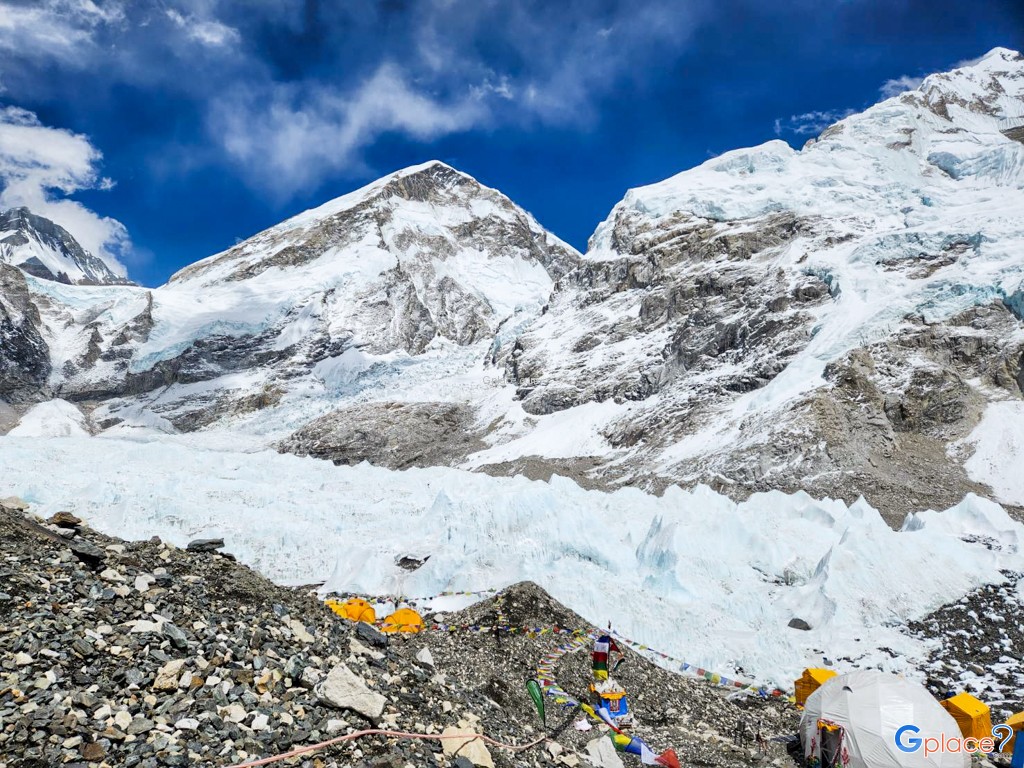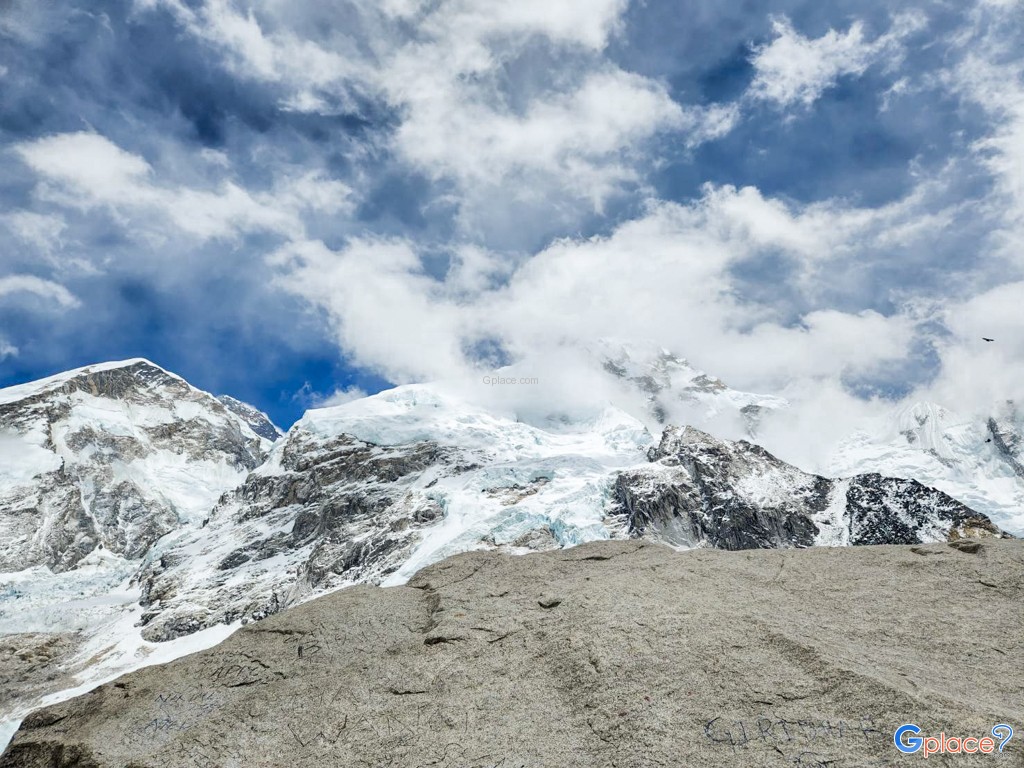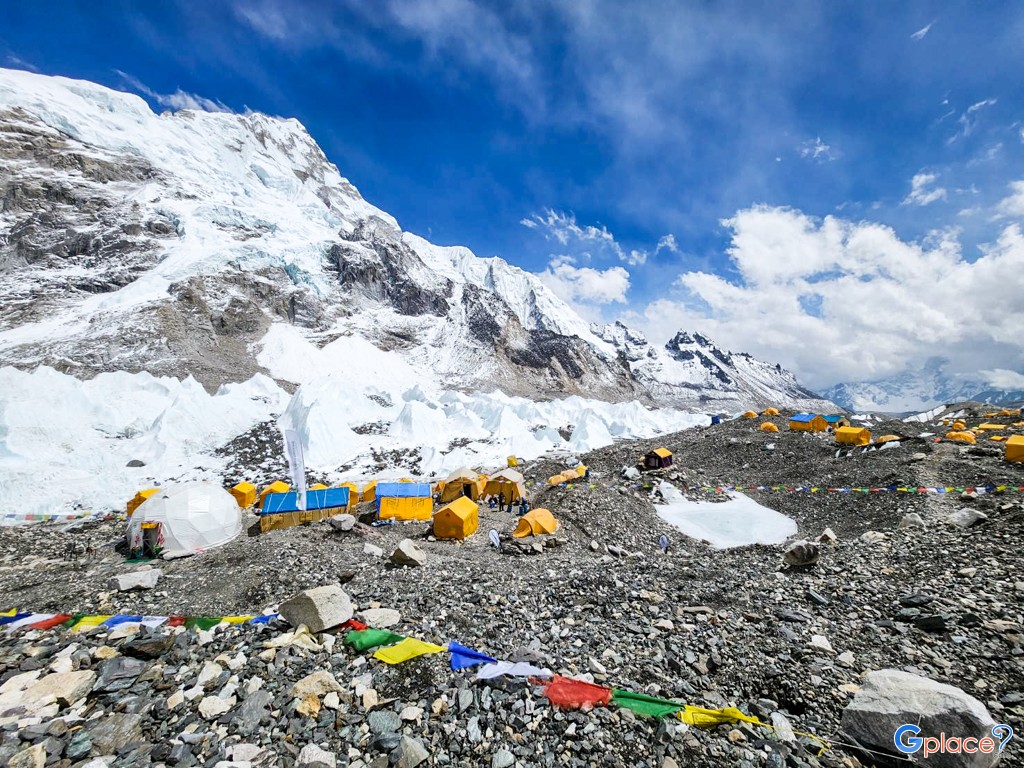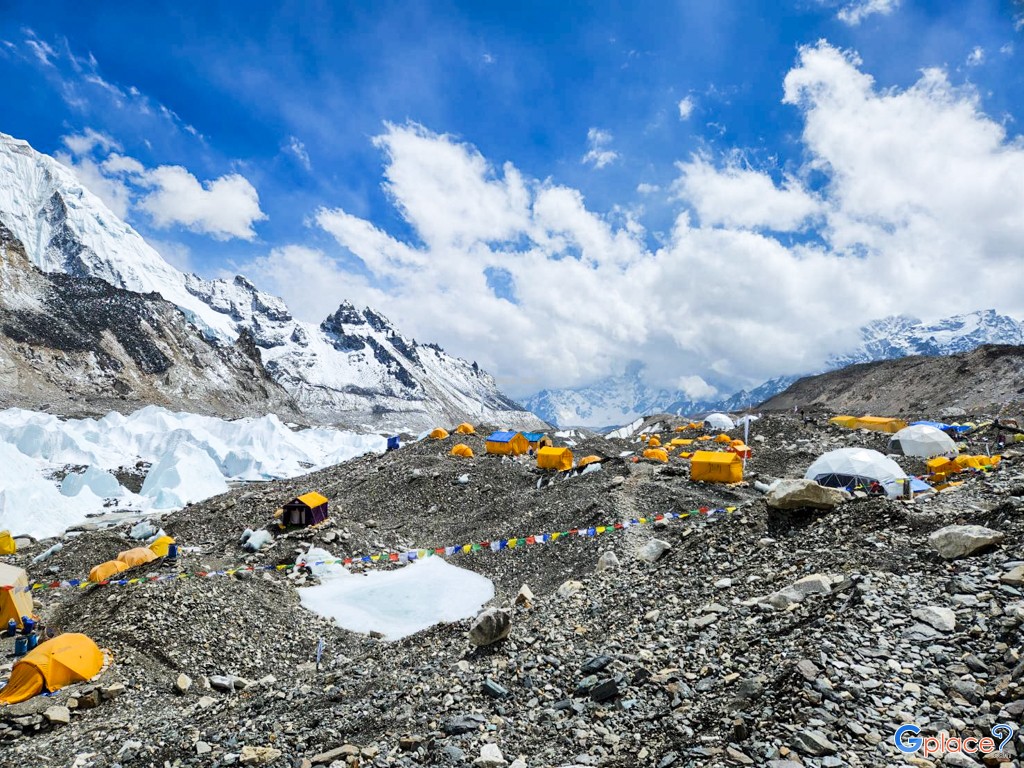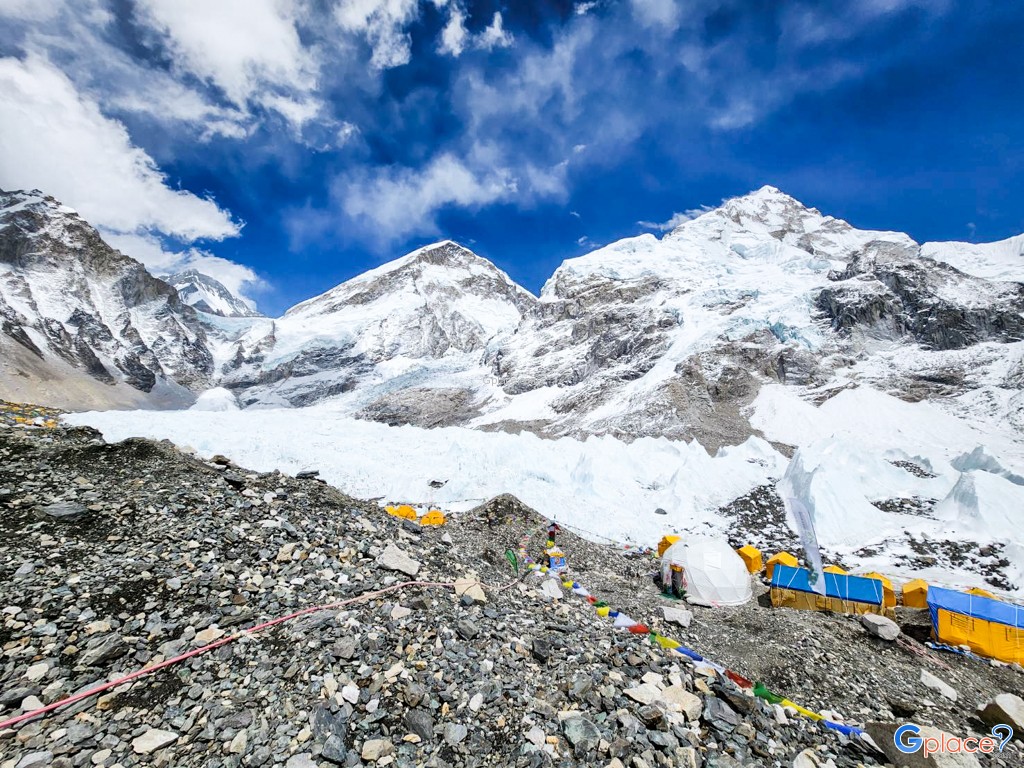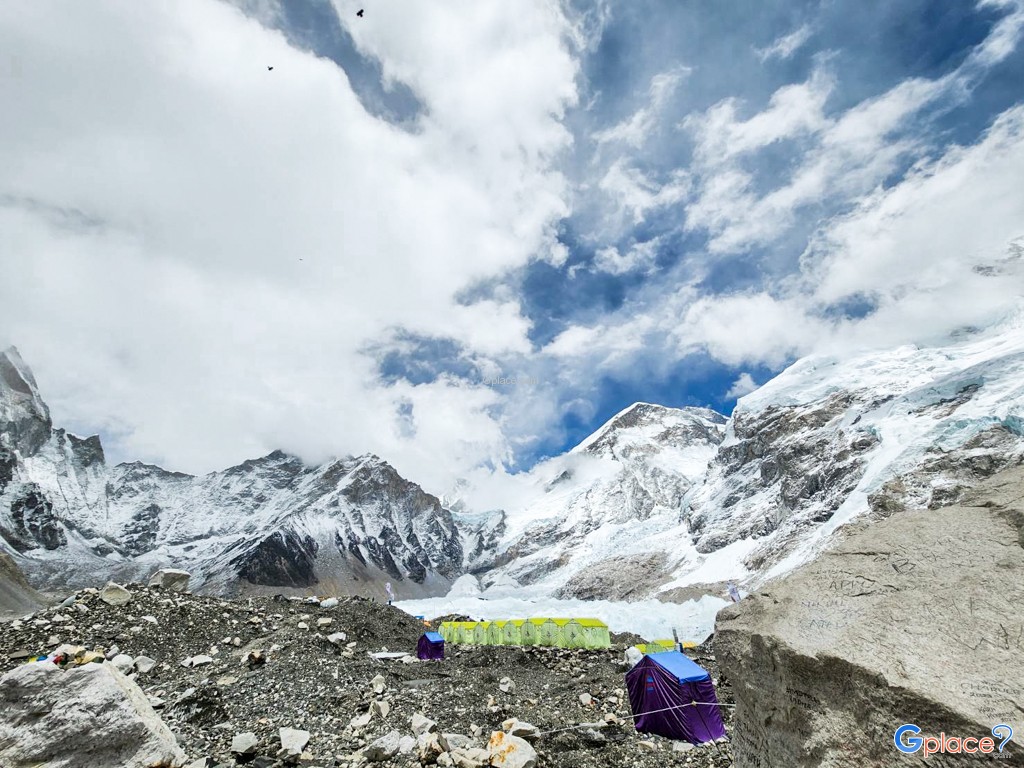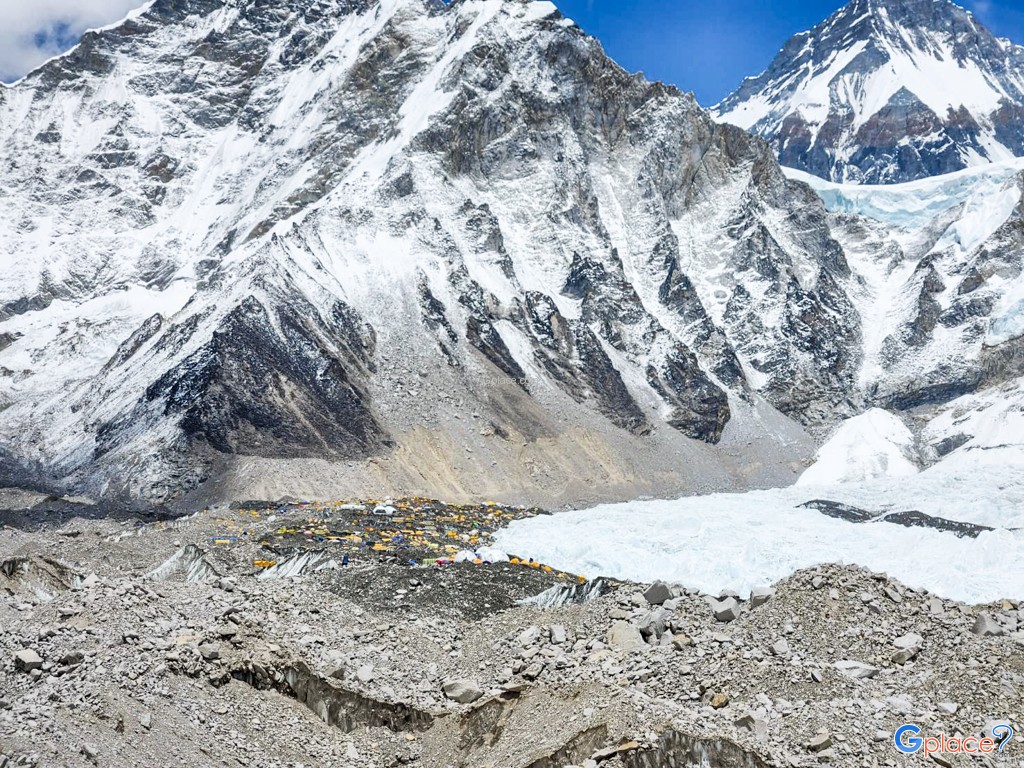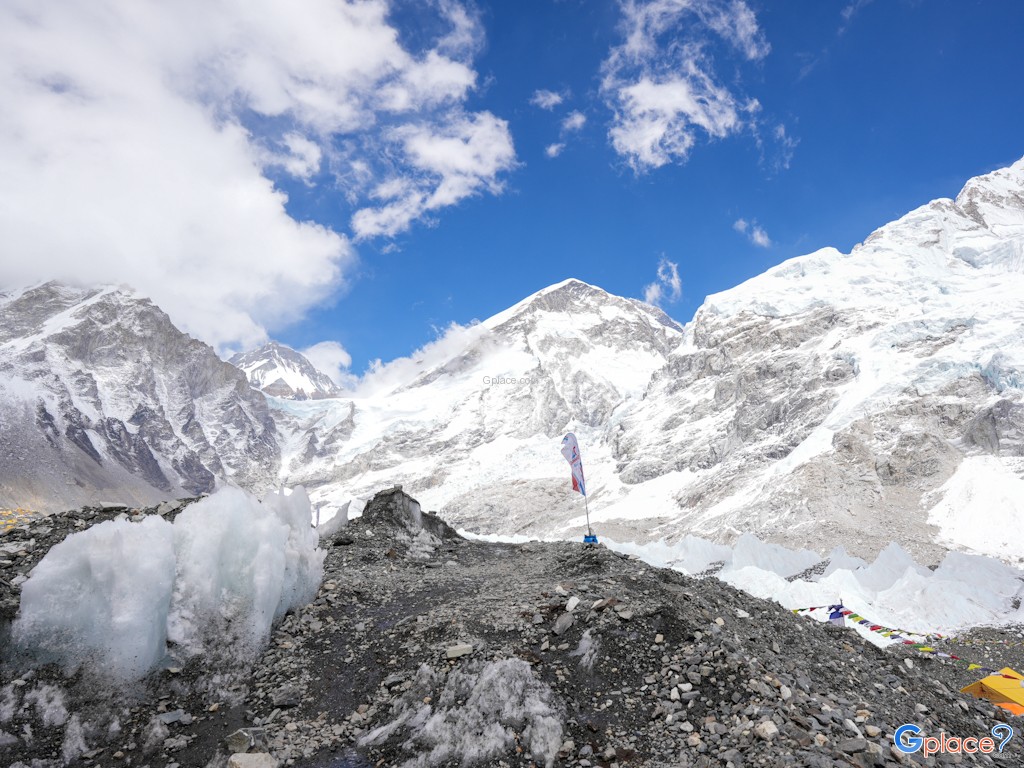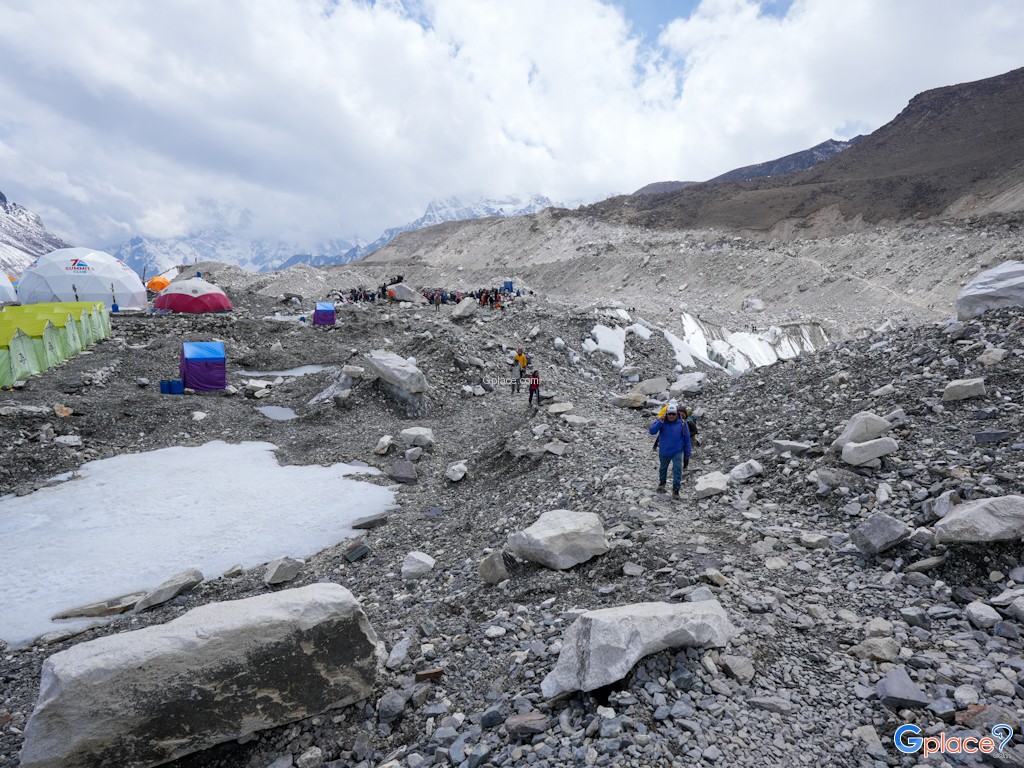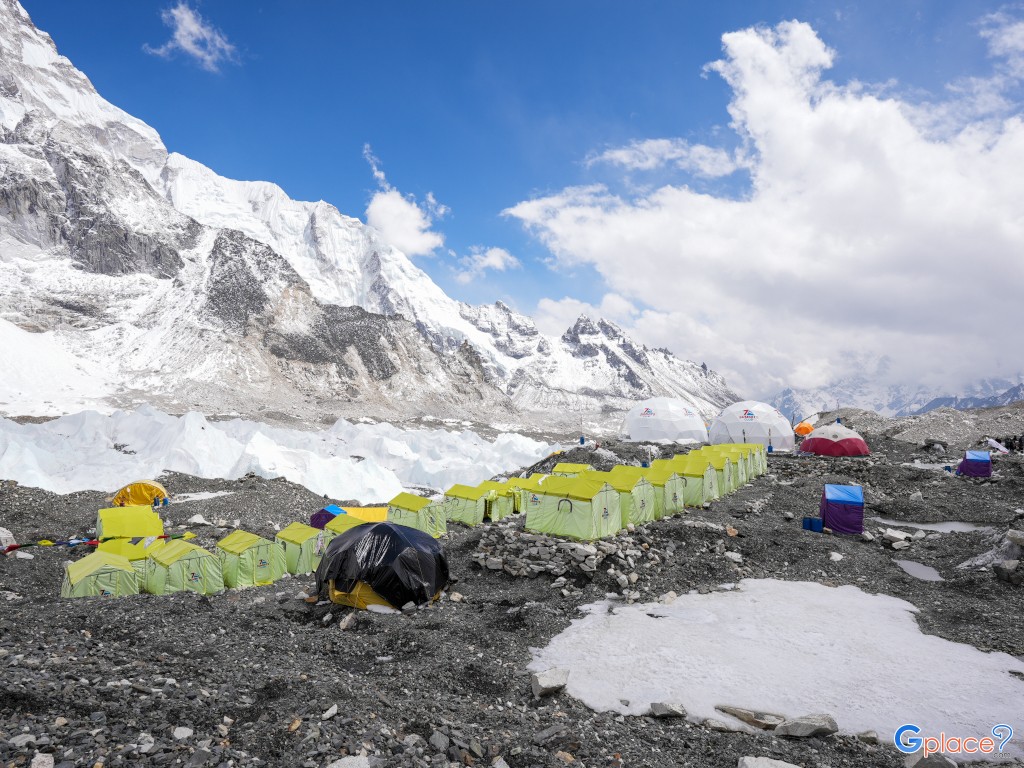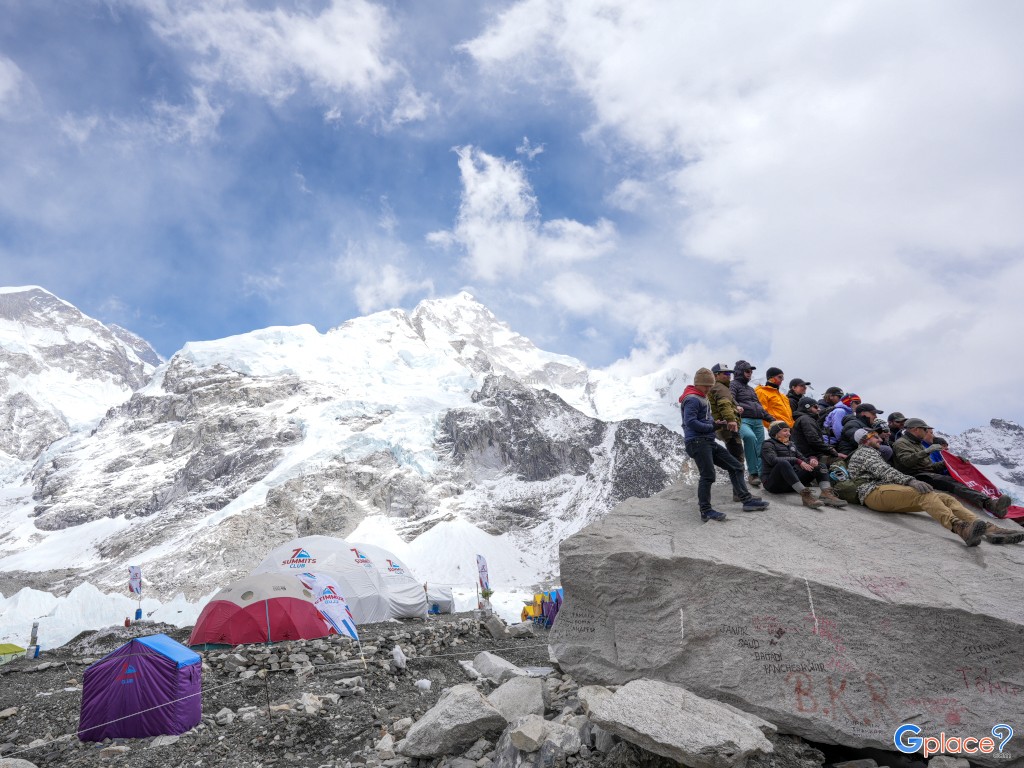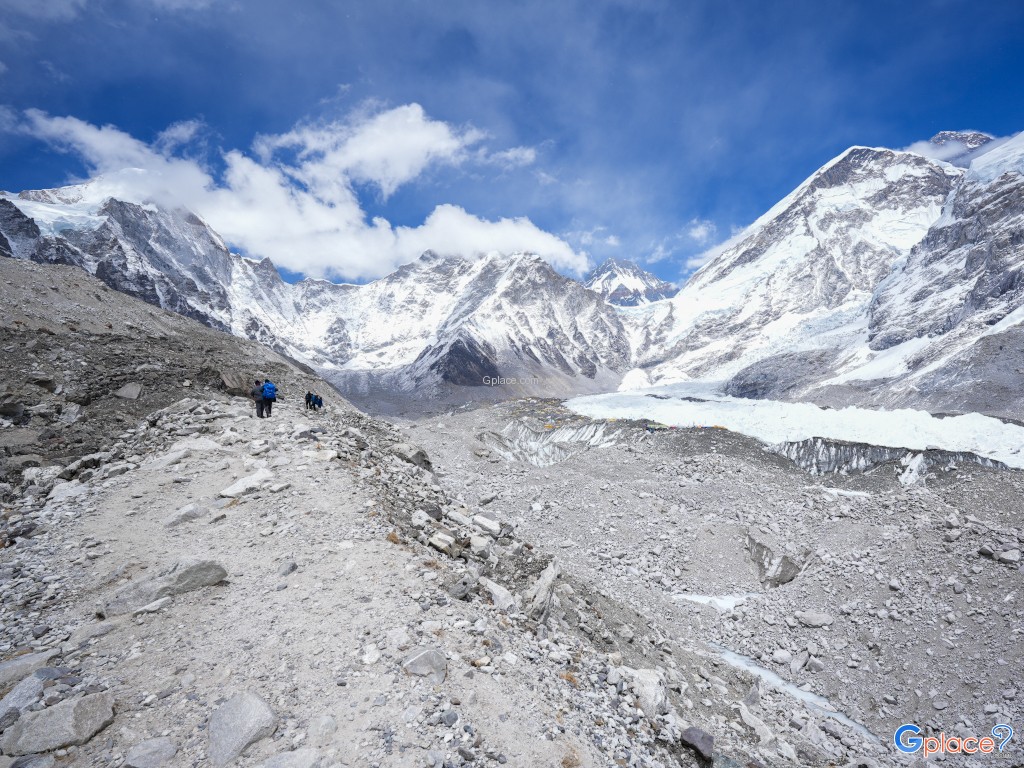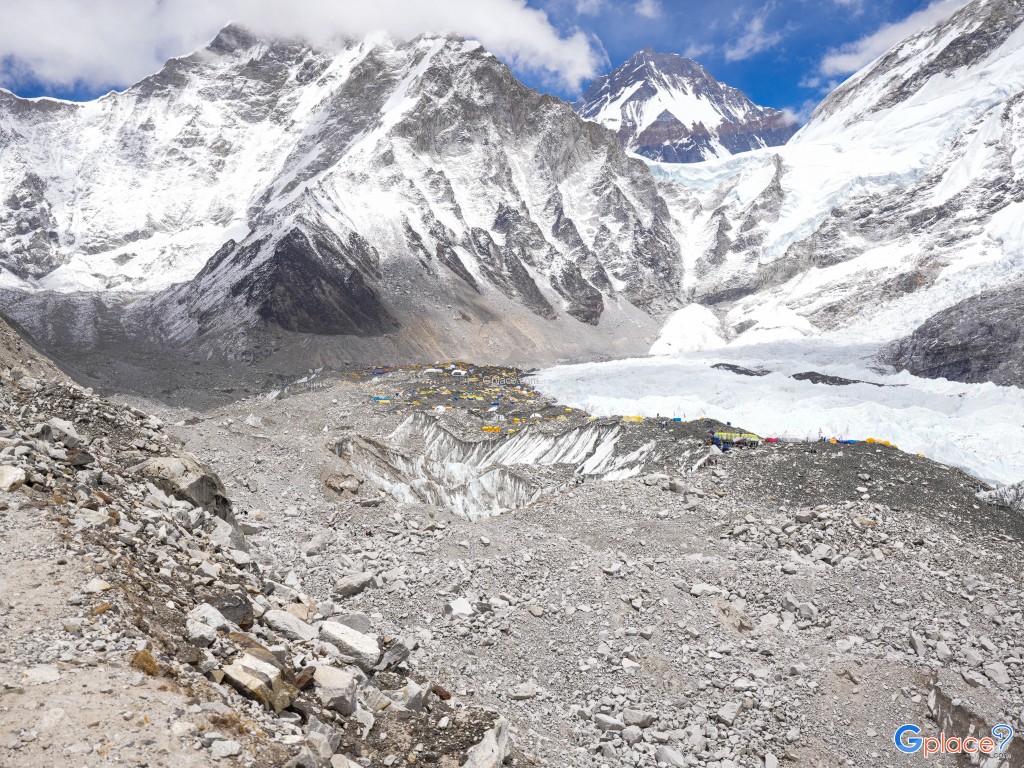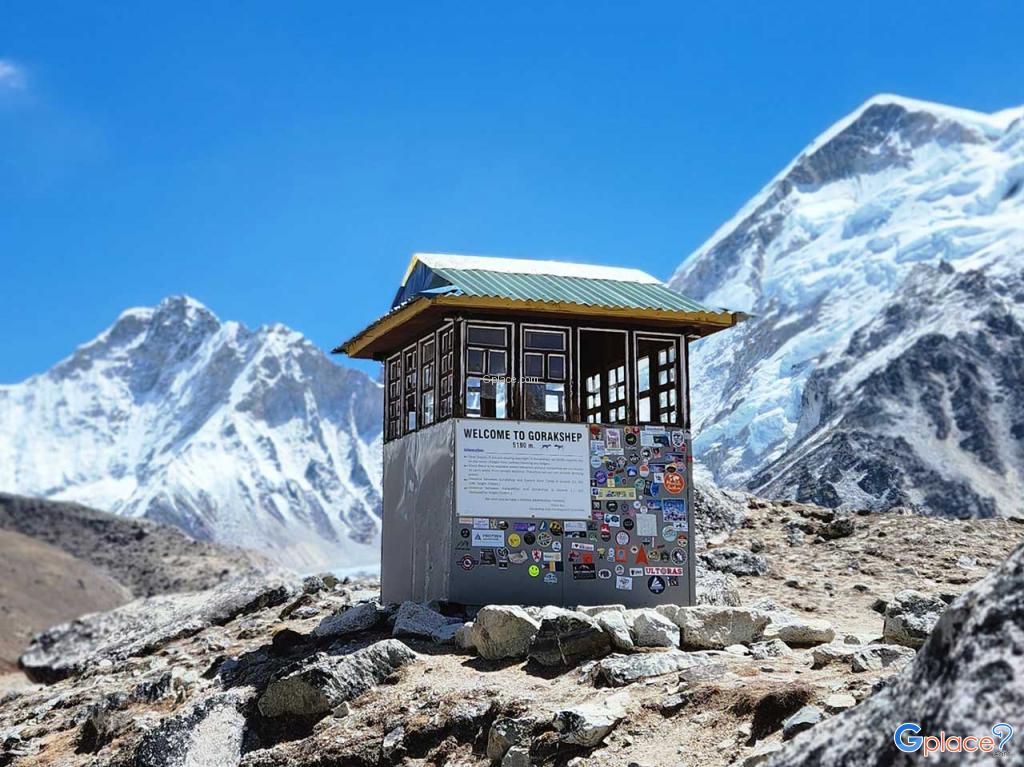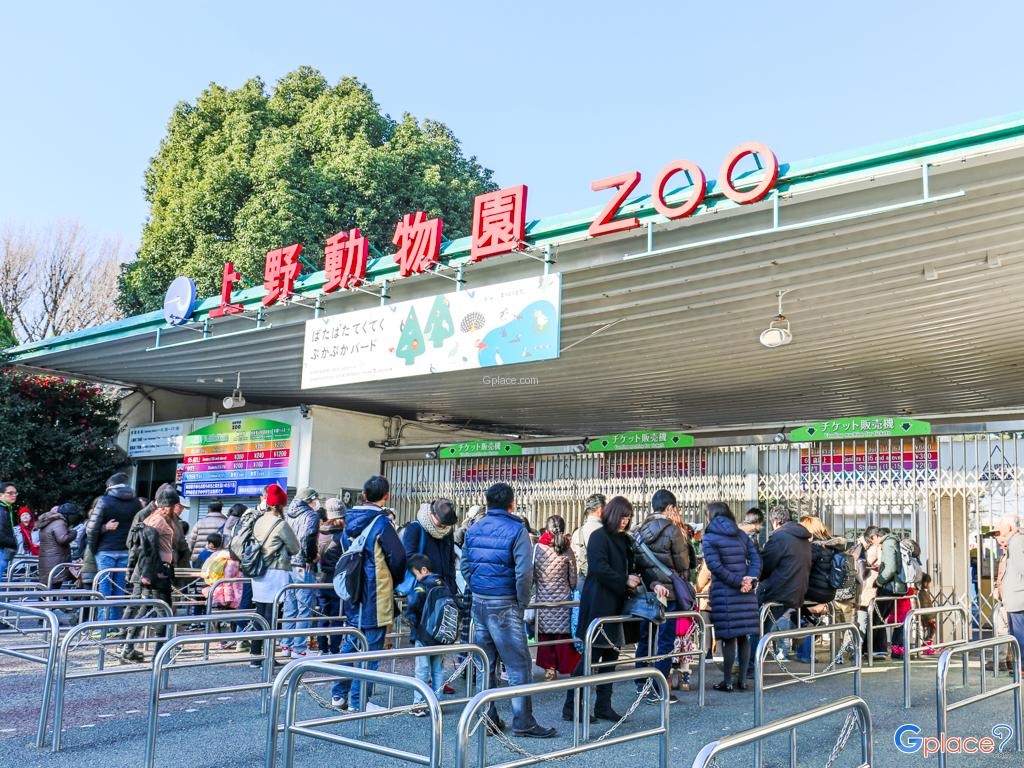“Situated at 5,364 meters, this world-renowned base camp takes trekkers through stunning Himalayan scenery and rich Sherpa culture.”
Everest Base Camp is a legendary trekking destination located at the foot of the world’s highest peak, Mount Everest, at an elevation of 5,364 meters above sea level. It lies within the Solukhumbu District of Koshi Province, Nepal, and is part of the Sagarmatha National Park, a UNESCO World Heritage Site.
The journey to Everest Base Camp typically begins with a thrilling flight to Lukla, followed by a multi-day trek along the Dudh Kosi River to Namche Bazaar, the heart of Sherpa culture. Trekkers then ascend through alpine villages like Tengboche and Dingboche, before reaching Gorakshep — the final settlement before the base camp. From here, trekkers continue to Everest Base Camp itself or climb Kala Patthar (5,545 meters) for panoramic views of Everest and surrounding peaks.
Historically, this route has been used by legendary mountaineers, including Sir Edmund Hillary and Tenzing Norgay, who completed the first successful summit of Everest in 1953. The base camp now serves not only as a launching point for summit expeditions but also as a symbol of human perseverance and adventure.
Today, Everest Base Camp attracts over 40,000 trekkers each year, offering a spiritual, cultural, and physical challenge amidst snow-capped giants, fluttering prayer flags, and deep Himalayan silence. It’s an ideal destination for trekkers, nature lovers, cultural explorers, and photographers seeking awe-inspiring scenery and unforgettable adventure.
How to Get There
-
Take a domestic flight from Kathmandu to Lukla Airport (approx. 30 minutes)
-
Trek from Lukla to Namche Bazaar, then onward to Dingboche, Gorakshep, and Everest Base Camp
-
Optional: Helicopter tour from Kathmandu directly to base camp for those with limited time
Travel Tips
-
Train for cardio and altitude fitness at least 1–2 months in advance
-
Ascend gradually to prevent altitude sickness; rest days for acclimatization are essential
-
Pack warm, layered clothing, headlamps, medications, and essentials
-
Hiring a licensed Sherpa guide and porter is highly recommended for safety and support
Admission Fee
- Trekking requires a TIMS permit and Sagarmatha National Park entry permit, totaling around 50–60 USD
Opening Time
- Open year-round; best trekking seasons are spring (March–May) and autumn (September–November)

















